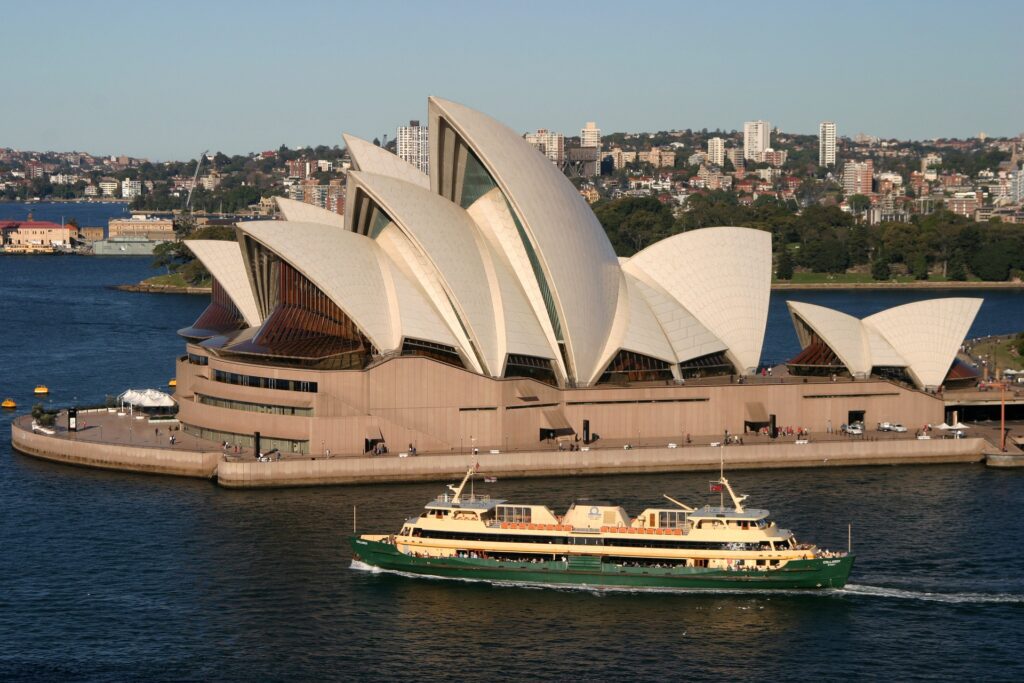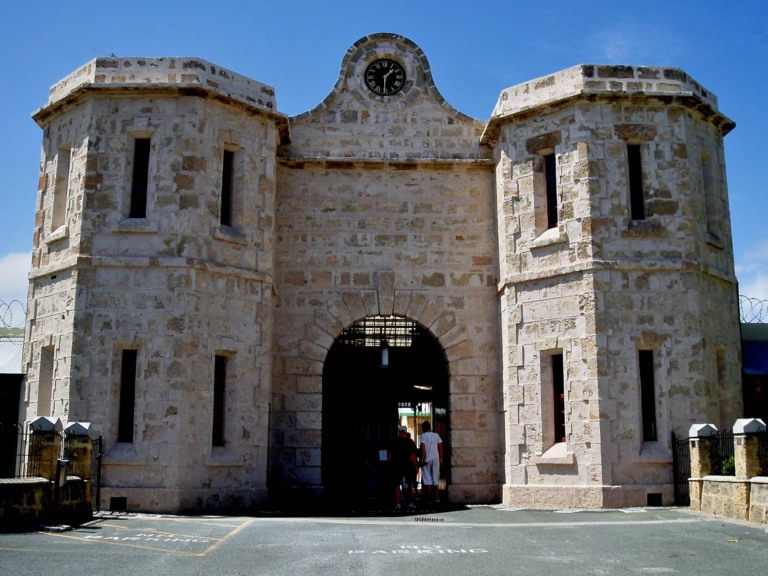The Sydney Opera House is an opera house in the Australian city of Port Jackson in the state of New South Wales. It is one of the most photographed buildings in the world because its roof is made of a unique set of white sail-shaped shells.
The Sydney Opera House is on Bennelong Point, which used to be called Cattle Point. It is a point that sticks out into the harbor on the south side, just east of the Sydney Harbor Bridge. The Opera House was put on the list of UNESCO World Heritage Sites in 2007.
Interesting Facts about Sydney Opera House
It was named for Bennelong, one of two Aboriginal people (the other was named Colebee) who helped the first British settlers communicate with the people who already lived there. The site used to be home to the small house where Bennelong lived.
Fort Macquarie was built there in 1821. (razed in 1902). Eugene Goossens, who was in charge of the Sydney Symphony Orchestra at the time, saw in 1947 that Australia’s most important city, Sydney, needed a place for opera and chamber music groups to perform along with the symphony orchestra.
The government of New South Wales agreed that the city should try to be known as a world cultural capital. They gave their official approval and, in 1954, put together a group called the Opera House Committee to help choose a site. Early the next year, the committee said that Bennelong Point was the best choice.
Sydney Opera House History
In 1956, the state government held an international competition to find a design for a building with two rooms: one for concerts and other large musical and dance performances; and the other for plays and smaller musical performances. 233 entries were sent in by architects from about 30 countries.
In January 1957, the judging committee announced that the winning design was by Danish architect Jorn Utzon. He won with a dramatic plan that showed two main halls next to each other on a large podium facing the harbor. Each hall had a row of sail-shaped, interlocking concrete panels that would serve as both the roof and the walls.
Sydney Opera House Architects
His winning entry made Utzon famous all over the world. But when building started in 1959, there were many problems, many of which were caused by the fact that the design was so new. The Opera House was supposed to open on Australia Day (January 26th) in 1963.
But cost overruns and problems with the design of the building’s structure slowed down the work and caused many delays. The project became more controversial, and for a while, most people didn’t like it. In 1966, Utzon quit because he kept disagreeing with the government officials in charge of the project.
The building was completed in September 1973. Peter Hall, David Littlemore, and Lionel Todd were the architects, and Ove Arup and Partners were in charge of the structure. In 1999, Utzon agreed to come back as the building’s architect and lead a project to make the building better. He changed the way the old reception hall looked, and in 2004 it reopened as the Utzon Room.
Sydney Opera Australia
It faces east and has a view of Sydney Harbor. Receptions, seminars and other meetings, and chamber music performances are held there. A new colonnade was done after two years. Since 1973, this was the first time the outside of the Opera House had been changed.
The Opera House is the most well-known building in Sydney. It is a performing arts center that can be used for many different things. The largest venue, the 2,679-seat Concert Hall, is where symphony concerts, choir shows, and popular music shows take place.
The Opera Theater, which was renamed the Joan Sutherland Theater in 2012 as a tribute to the famous Australian opera soprano, is where opera and dance performances, such as ballet, take place. It has just over 1,500 seats.
There are also three theaters of different sizes and shapes where plays, movies, and smaller musical performances can be shown or done. At the southeast end of the complex, in the forecourt, shows are held outside. There are also restaurants and a professional recording studio in the building.






